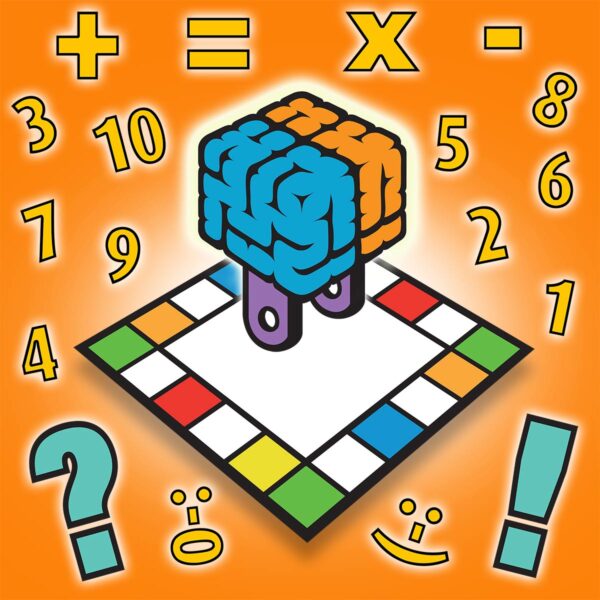by Jason McKee

Board games are fun, social activities that can stretch the mind. When children are involved, they get even better–creating clean, enjoyable family evenings.
Yet, if you get it right, you can also learn while you play. How? Read on for more.
What is Learning through Play–and why do it?
Learning through play covers a wide range of activities from structured to unstructured play and happens naturally as children play, especially in the early years.
Just playing a wide range of different games and activities will stimulate children and help their learning.
There is no need to replace academic learning, yet providing an interesting alternative is helpful, motivating and will complement other learning.
As children grow older, and school-based learning takes on greater weight, learning through play can help them apply what they’ve already learned in school. Using knowledge outside the classroom deepens understanding and increases practical use
What’s Special about Board Games?
Board games are not the only way of learning through play, but they can provide some strong benefits.
Firstly the social aspect of board games obviously contributes to language and social skills. This is good for any age and perhaps even helpful for adults. Board game nights are good, clean fun!
Another advantage board games have is more subtle: connecting the academic with reality. For example, children may learn subtraction in school, but playing a game like Monopoly will teach them the reality of the most common use case: giving change.
Of course, you’d be hard-pressed to argue board games bear any resemblance to real life, but that’s not the point. By acting as a bridge between formal learning and the real world, they help deepen understanding and demonstrate practical value.
Finally, board games are about tactics, strategy, and problem solving–all great things to learn!
How to learn with Board Games
Pick the Right Board Games
The right games are the ones you and your children enjoy playing! If you buy a boring game, chances are it’ll be destined to sit in the cupboard for years after being half-played once.
Enjoyable games need to be understandable, achievable, and not overly simple. The easiest way is to be guided by the age range. Many board games have Junior versions with lower age guidance.
But that’s not all! When looking at board games, separate the theme (what the game is about), from the mechanics (how it’s played).
Monopoly is an excellent example of this. There are hundreds of distinct versions of Monopoly; most are played in exactly the same way. The mechanics are the same. But the themes are different and include everything from Frozen to your local city.
So you can almost certainly find a theme that you and your children will relate to.
It’s harder to know if the mechanics will work until you try a game. But if you don’t appreciate the gameplay of one version of Monopoly, it’s unlikely you’ll enjoy another version.
Finally, once you’ve picked up a collection of board games, encourage your children to pick which game they want to play. If they pick they will be more motivated, plus you know it’s a game they actually like.
Keep it Short
It’s especially true for young children that long board games can get dull and repetitive.
Often Junior versions of a board will be quicker, or there may be a version of the rules that results in a faster game.
If the game is dragging on, don’t hesitate to pause it to come back to the next day. If you do this, take a photo of the game and put each player’s cards/money/pieces in separate named envelopes. Leaving the board game out is just asking for it to get knocked over.
Look for Opportunities to Learn, But Don’t Explain
Just trying different activities, playing new games, or enjoying new experiences can lead to learning.
So, you don’t need to do anything other than enjoy playing the board game and perhaps learn the rules!
Yet, if you want to do more, look for teaching opportunities.
When that opportunity comes, don’t explain. Don’t give your child the answer. People learn best by figuring out things themselves. If you must help, give a hint instead.
OK, if they are stuck, then give a very heavy hint–it needs to stay fun after all!
Time to Play
If this article has inspired you then it’s time to get out there, buy a board game and start playing!
Remember, the most important thing is that you all enjoy it. Spending time together on something fun can never be a waste of time, and you’ll be surprised by how much you learn along the way.

